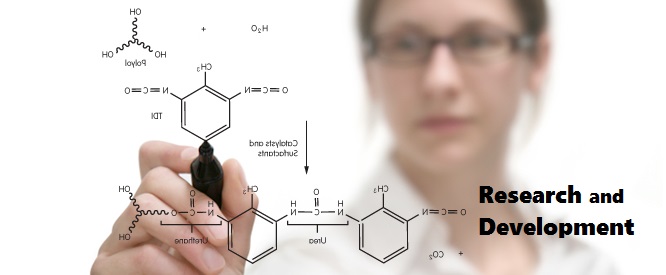My good friend Brian Baker joined Urs Niggli, Christian Andres, and Helga Willer of FiBL (Research Institute of Organic Agriculture) in assessing the state of organic farming research around the world. Their paper is entitled “Building a global platform for organic farming research, innovation and technology transfer,” and was published August 16, 2017 in Organic Agriculture.
Dr. Baker has circulated the following summary of key insights gained —
- Innovation and technology transfer are crucial for the continued growth of organic agriculture.
- On a continental basis, the European Union has the most developed program for organic agriculture research, followed by North America.
- Africa, Asia, and Latin America have the greatest needs for the expansion of capacity for R&D and technology transfer for organic food and farming systems.
- Research methods for conventional agriculture are not necessarily appropriate for organic food and farming systems; new methodologies are a priority that will require attention if other priorities are to be addressed.
- Social and ecological dimensions of innovation will need to be integrated with the technological dimension for successful development and technology transfer.
- The changing roles of extension and the private sector poses both challenges and opportunities for innovation in organic agriculture.
- Farmer-led innovation and farmer-to-farmer technology transfers are expected to be the main way for innovations to take place in organic food and farming systems.
- Organic agriculture research is underfunded relative to its market share when compared with agriculture as a whole.
- Investments in organic agriculture research and development will have applications beyond the organic sector that will benefit future generations.

The paper includes an interesting table reporting organic farming research investments by continent, along with hectares in organic production, research expenditures per organic hectare, and total organic food retail sales.
North America tops the charts in retail sales, accounting for $43 billion annually, about 51% of worldwide sales, yet has only 3 million hectares growing organic food, the smallest total of any continent. This counter-intuitive result arises from the dominance of the relatively high-value crops and foods grown on organic farms in the U.S. and Canada (e.g., fruits, vegetables, dairy products, eggs), compared to much lower-value grains and animal products (wheat, oats, beef and pork) that require much more land per dollar of retail sales.
Despite its position as the world’s biggest market, North America invests only some $60 million (U.S. $) in organic farming research, or about 21% of total global investments. And even the $60 million figure is a stretch, IMO. Europe spends far more than any continent on organic farming systems – some $180 million, or 62% of the global total.
Clearly, priorities differ between North America and Europe in just about all aspects of the world of organic food and farming, and different priorities have, and will continue to lead to different outcomes. European based multinational food companies are far better positioned than U.S.-based companies in meeting the rapidly growing demand in the Pacific Rim and Middle East for value-added, high-quality organic food.
European food and farming companies are investing in R+D and infrastructure designed to enhance the productivity and efficiency of organic farming systems that rely on organic materials and management to overcome routine farming challenges like managing pests and sustaining soil health. In the U.S., the big bucks are flowing through the ag-seed-biotech industry and are supporting systems and technologies that are, for the most part, either prohibited or incompatible with organic farming.
This is why the advanced mechanical tillage equipment on U.S. organic row crop farms is more likely to come from Italy than the U.S., and why U.S. organic farmers are increasingly reliant on themselves or companies with roots outside the U.S. for plant genetics and breeding stock.
Targeted R+D and infrastructure investments will benefit organic farmers and food companies, just as they have conventional farmers and food companies. In the race for global organic food and farming market dominance, the U.S. has all the right stuff sitting on the sidelines. Perhaps recent investments in U.S. food companies and brands by European-based food companies will continue, and collectively begin to change R+D priorities and market dynamics here in the U.S.
If and as this happens, the research agenda and technology development-transfer platform described in this paper will surely help assure sound choices are made on the science side. It should also help provide investors with a grounded, realistic understanding of where they can attain the biggest bang for their investment buck.
Source:
Urs Niggli et al. “Building a global platform for organic farming research, innovation and technology transfer,” Organic Agriculture. August 16, 2017.

